The optimum C: N ratio helps to build a stable ecosystem, as it is a base of many factors. If the balance carbon-to-nitrogen ratio is out, it severely affects the different aquarium features. How to control the C/N ratio, is also worth knowing as it will help you to avoid any inconvenience. To know all these aspects, scroll down the page.
Content Table
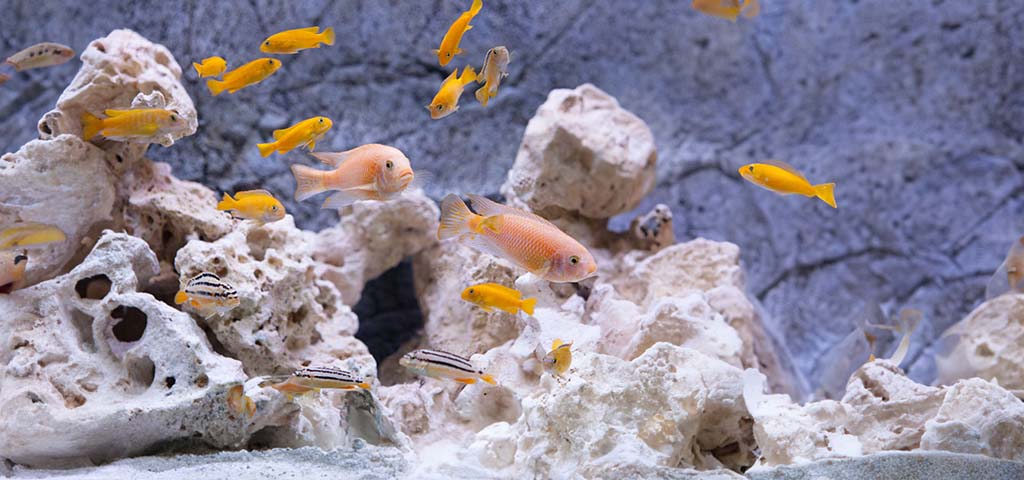
Control C/N ratio
Carbon-Nitrogen Ratio in Aquariums
It is a ratio between the carbon-rich food/source and nitrogen-rich food/source, or carbon to nitrogen in an aquarium. Carbon and nitrogen are equally necessary for the aquarium’s health. Carbon sources provide energy to beneficial bacteria, and nitrogen-rich resources are building blocks for growth and repair. The carbon-nitrogen C: N ratio is a vital parameter of any aquarium’s health and healthy ecosystem.
Optimal C: N Ratio for Aquariums
The ideal carbon-to-nitrogen ratio for bio flocks varies between 10:1–20:1. The balance C: N ratio is crucial as it impacts many aquarium factors. Here are a few aspects that will enable you to know its importance.
Nutrient Cycling
Carbon-nitrogen ratio impacts the nutrient’s proper breakdown and recycling. The population of beneficial bacteria depends on the carbon-to-nitrogen ratio, i.e., high to low C: N. Nitrification bacteria require a balanced situation to convert toxic ammonia to almost harmless nitrates effectively.
Water Quality
A balanced C: N ratio minimizes nutrient pollution, keeps the water pristine, and optimizes the oxygen level in the aquarium.
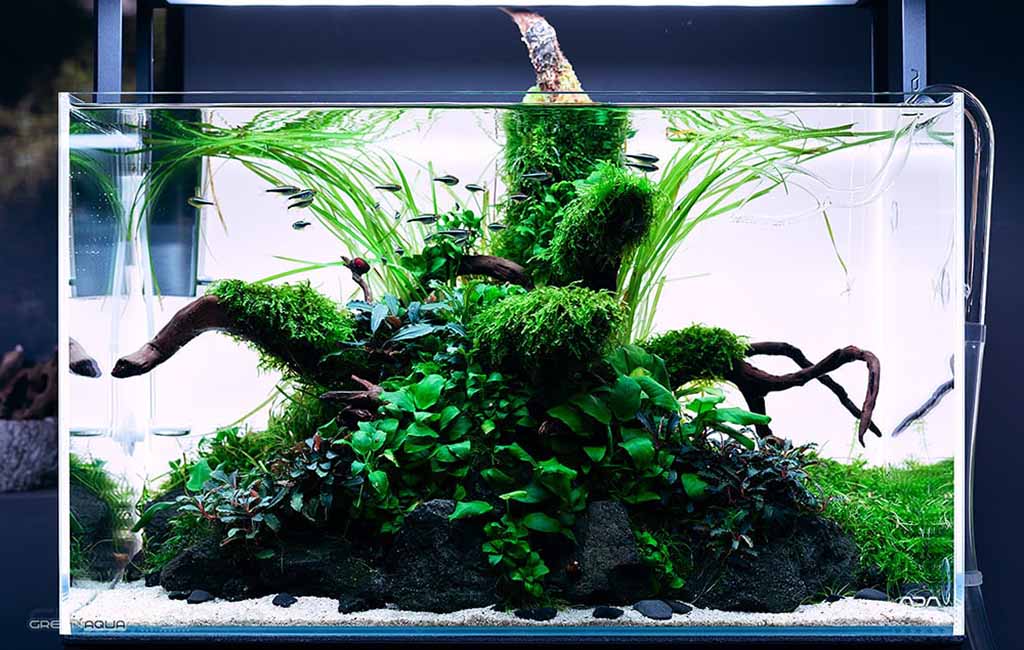
Aquarium carbon-to-nitrogen ratio
Photosynthesis and Plant Growth
Carbon is vital for aquatic plants in CO2 form, as it’s a base element for photosynthesis. Deficiency can be a growth problem. The balance between carbon and nitrogen is vital because plants use nitrogen for growth. Excessive nitrogen causes water quality issues.
Control Over Algal Growth
A proper C/N ratio is necessary to control the algae growth in the tank. Otherwise, excessive algae growth causes problems in the tank as it begins to compete with nutrients required for proper plant growth.
Fish Health
A balanced carbon-to-nitrogen ratio improves the water quality. That results in less stress enhances the fish’s immune system, and promotes natural behavior among the fish.
Ecosystem Stability
This balance helps to create a self-sustaining ecosystem. Plants, microbes, and fish begin to live in perfect harmony. Beneficial bacteria work properly to break down waste and absorb nutrients. Their balance also improves the efficiency of growth and energy in the tank.
Cost Efficiency
Its perfect balance avoids long-term issues, such as toxicity buildup, poor fish health, and contamination. Ultimately, it helps to save big bucks that would otherwise be used to solve the issues.
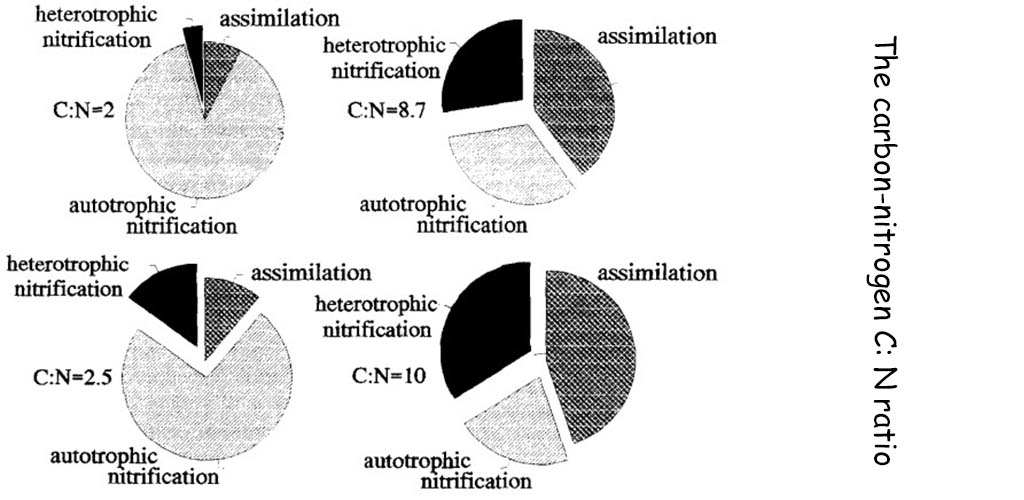
The optimum C:N ratio
What Happens if the Ratio of Carbon to Nitrogen Is Too High or Too Low?
An aquarium has three key features, i.e., water, fish, and plants. All three features are badly affected by the C: N ratio imbalance. Here is the impact of both low and high C: N ratio on aquariums.
High C: N ratio
An increase in carbon increases the carbon-nitrogen ratio. A higher ratio, i.e., 15-21:1, increases protein efficiency and reduces the food conservation ratio. Here are a few more effects of this high value.
| Feature | Effects |
| Water chemistry | It promotes the bacterial overgrowth that causes oxygen level depletion in the tank. |
| Organic waste heaps in the tank. | |
| Aquarium pets | Stress or death of the pets due to low oxygen depletion. |
| Ammonia toxicity increases in the tank | |
| Reduce immune response of fish | |
| Plants and corals | Algae blooms in the tank. |
| Poor nutrient uptake by the plants. |
Low C: N ratio
When the nitrogen level increases in the tank, it reduces C: N. Here is the impact of C: N on the aquarium.
| Feature | Effects |
| Water Chemistry | It leads to eutrophication. |
| It causes blooming algae and cyanobacteria in the tank | |
| Aquarium pets | Cause Ammonia poisoning. Sensitive fish are hit hard by it. |
| It reduces the survival rate of juveniles and larves. | |
| Plants and corals | Stund plant growth |
| It causes coral bleaching and poor skeletal development. |
Control C/N Ratio in Aquarium Systems
It’s crucial to balance the carbon-to-nitrogen ratio in any tank. Here are some tips to keep a perfect balance between Carbon and Nitrogen in a tank to maintain a healthy environment.
Regulate Feeding
Leftover food causes an ammonia spike or nitrite rise in the tank because, upon decomposition, nitrogen is produced. Therefore, supply only such a quantity that fish can eat within 5 to 10 minutes. Moreover, always use digestible and quality food products. Keep a rotation among food items to keep the interest alive among fish, so they finish it fast.
Bio-filters
Bio-filters support beneficial bacteria in the tank. These bacteria help to break down the extra nitrogen, i.e., ammonia and nitrite, in the tank. As a result, they help to create a balanced nitrogen cycle in the tank. However, regularly maintain the biofilter for optimal functioning.
Carbon Source Plants
If you have a planted tank, there is another option to reduce the Nitrogen spike. Grow carbon-source plants in the tank. On supplying CO2 to the tank, you will see the plant growth along with a balanced C: N ratio. Carbon supplements are another option to overcome nitrogen dominance.
Increase Plant Density
Plants help to overcome the nitrogen dominance in the tank. Grow plants, i.e., anubias, java moss, water wisteria, etc., and algae in your tank as they uptake the nitrogen. In marine tanks, you can grow macroalgae plants, i.e., Cahaetomorpha or Caulerpa, as they absorb extra nitrogen. Moreover, it improves the nitrogen cycle.
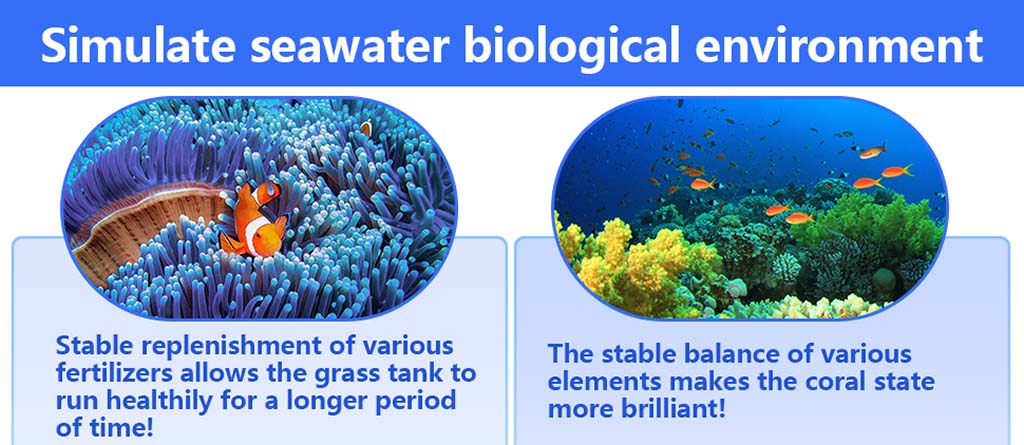
balance carbon-to-nitrogen ratio
Water Change
Regularly change the tank water, i.e., 10 to 20 percent per week. It helps to dilute the nutrients and nitrogen buildup. Use reverse osmosis or deionized water in marine aquariums.
Nitrogen Absorbing Medias
You can also lower the C: N with chemical additives, e.g., Zeolite, biological denitrators, etc. They absorb nitrogen and help to balance the nitrogen cycle.
Light Duration
Sometimes, lights turn on for longer hours and raise algae in the tank. This algae bloom increases the C: N. To control it, reduce the lighting hours and light intensity.
The Final Word
The optimal value lies between 10:1–20:1 to build a stable ecosystem in your tank. It affects nutrient cycling, water quality, photosynthesis, algae growth, etc., in the tank. On the lower or upper side, it affects the water parameters, fish, and plants in the tank. Follow some tips, i.e., use biofilters, regulate feeding, regular water change, light duration, etc., to control the C/N ratio in the tanks.
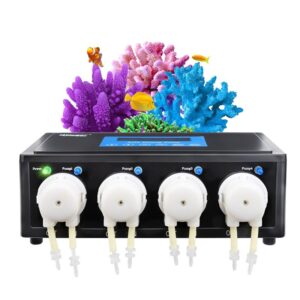
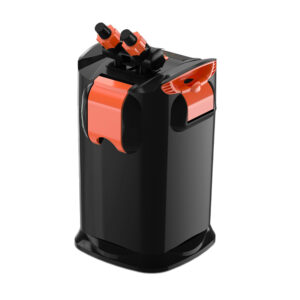
Leave a comment